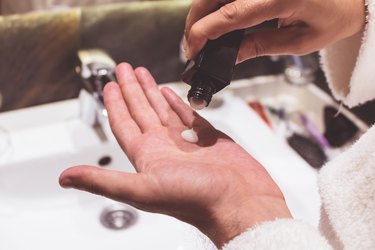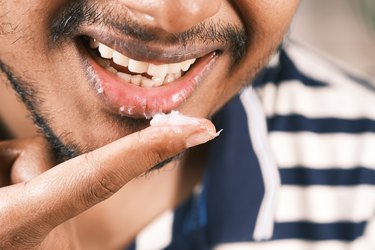At our skin conditions page, we understand that skin issues can be uncomfortable, frustrating and even embarrassing. We offer a variety of resources to help you better understand various skin conditions, including information on symptoms, causes and treatments.
Our team of medical experts provides in-depth articles on specific skin conditions, as well as general information on skincare and prevention. We also offer advice on how to manage and prevent common skin issues, as well as information on various skincare products and treatment options.
Whether you are dealing with a specific skin condition or are looking to improve your overall skin health, our skin conditions page has something for you. We offer practical tips for managing symptoms, advice on how to prevent skin issues from developing, and information on various skincare resources and services."







































































